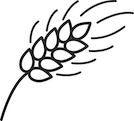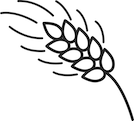Substance Use in Women (2 credit hours)
Program Summary: This course examines the ways in which women may differ from men in substance use and substance use disorder treatment. The course looks at sex and gender differences related to the use of marijuana, stimulants, MDMA, heroin, prescription drugs, alcohol, and nicotine. Research on substance use during pregnancy and while breastfeeding is also included.
This course is recommended for social workers, counselors, and therapists and is appropriate for beginning, intermediate, and advanced levels of practice.
Course Reading: Substance Use in Women
Publisher: National Institute on Drug Abuse Research Report Series
Course Objectives: To enhance professional practice, values, skills, and knowledge by identifying key issues related to substance use in women.
Learning Objectives: Compare sex and gender differences in substance use. Compare sex and gender differences in substance use disorder treatment. Describe research findings related to women who are pregnant and breastfeeding. Identify the unique treatment needs for women.
Review our pre-reading study guide.
G.M. Rydberg-Cox, MSW, LSCSW is the Continuing Education Director at Free State Social Work and responsible for the development of this course. She received her Masters of Social Work in 1996 from the Jane Addams School of Social Work at the University of Illinois-Chicago and she has over 20 years of experience. She has lived and worked as a social worker in Chicago, Boston, and Kansas City. She has practiced for many years in the area of hospital/medical social work. The reading materials for this course were developed by another organization.





